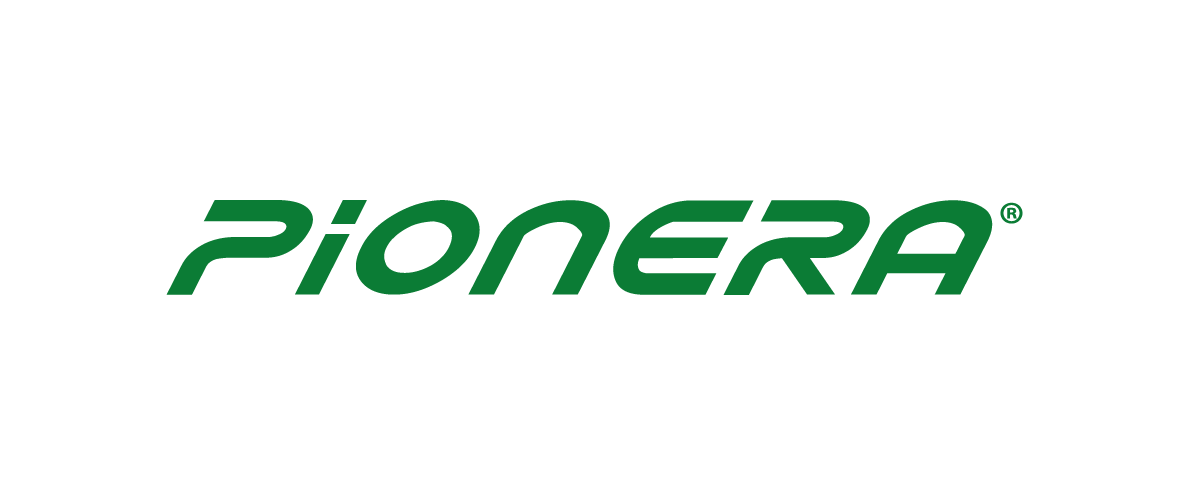Viscosity Reduction of Gold Carbon in Pulp (CIP) Slurry
Borregaard performed a viscosity study to optimise throughput at a gold CIP plant.
Laboratory testing was conducted using the slurry supplied by the customer with and without the addition of Pionera L-625.
The slurry, adjusted with lime to pH 10.5, was prepared to generate samples of 32%, 34.5%, 35.8% and 37.7% solids which were used for the rheology testing. Prior to viscosity measurements, varying doses of Pionera L- 625 were added to the slurry samples and mixed for 2 minutes at 500 rpm with a mechanical mixer.
Evaluation of 32% Slurry Solids Viscosity Reduction:
The target line of 32% in the graph below represents the slurry’s viscosity under current operating conditions. When Pionera L-625 (see table) was added to the 32% slurry, the viscosity was reduced.
Viscosity and % decrease related to L-625 dosage at slurry solids
|
Dosage (g/ton) |
Viscosity (cP) |
% Reduction |
|
0 |
374 |
- |
|
400 |
187 |
50 |
|
600 |
231 |
38 |
|
1000 |
206 |
45 |
Check availability and packaging
Key takeaways:
- The study showed adding 400 gpt to the 34.5% solids gold ore slurry gave similar viscosity values to the 32% solids slurry in the plant. An increase in solids of 2.5% equals a throughput improvement of 8%. A rough calculation shows a bottom-line benefit of ca 11 Mill USD per year.

Viscosity measurements of gold CIP ore slurry at different solids and biopolymer dosages.
Estimate of additional gold production and its value
|
Throughput increase |
tph |
Recovered Au per day |
Difference/day |
Pionera cost per day |
Resulting value per day |
Annualised benefit |
|
|
250 |
$514,469 |
|
|
|
|
|
3% |
258 |
$529,903 |
$15,434 |
$7,500 |
$7,934 |
$2,644,694 |
|
8% |
270 |
$555,627 |
$41,157 |
$7,500 |
$33,657 |
$11,219,185 |

